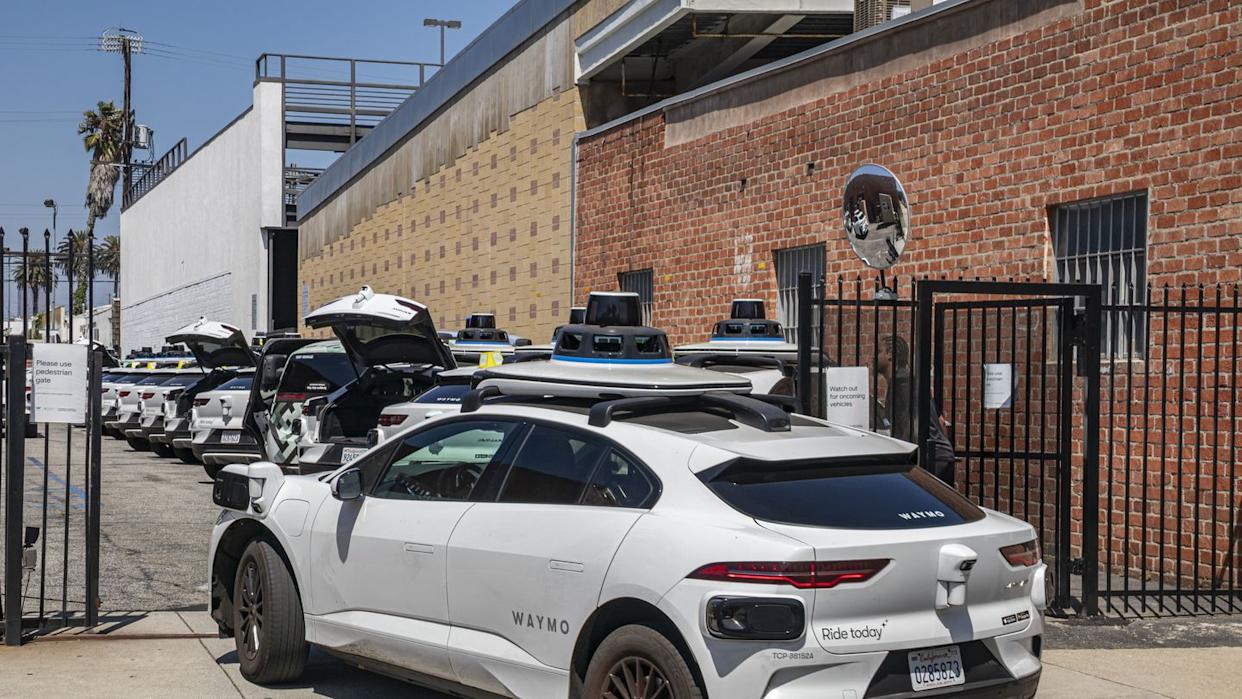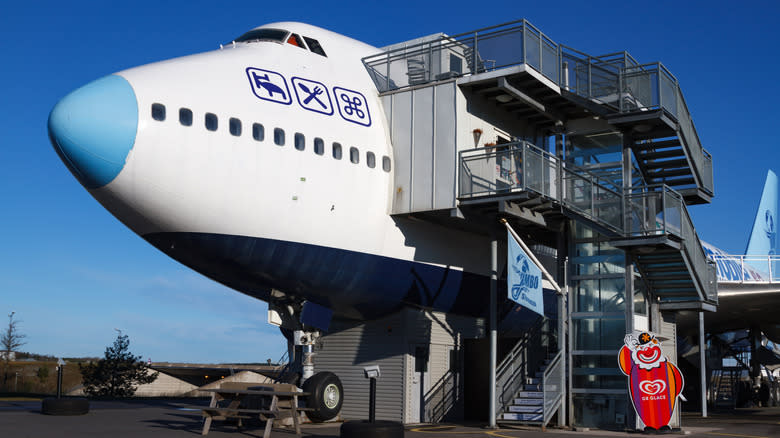
Waymo plans to launch a fleet of robotaxis in Dallas in 2026, following a launch in Austin this year.
The autonomous fleet owner and developer is partnering with the Avis Budget Group for fleet management, which includes charging and cleaning the cars.
Several robotaxi companies are now operating in Texas cities, in addition to autonomous trucking firms.
Texas has long become the epicenter of autonomous technology testing, taking over that role from the Bay Area. So it's only natural that Waymo chose a Texas city as its next big launch in 2026.
Waymo plans to roll out a fleet of its robotaxis in Dallas, having already launched a fleet in Tesla's home town of Austin under the Uber app earlier this year.
How did the robotaxi industry leader pick Dallas from among a list of other contenders?
"Dallas offers a vibrant downtown and bustling metro area well suited for our 24/7 autonomous ride-hailing service," the company says.
The Dallas launch will also reflect one other recent trend in the robotaxi sphere: Partnerships with local companies for fleet management. In this case the Avis Budget Group will provide end-to-end management services including charging, cleaning, and other depot operations.
And it is fleet services that are becoming one of the most important parts of robotaxi fleet launches in a given city, as mapping and other technical details become quicker over time.
It's also a good indication of just what services traditional rental car companies could be performing in our robotaxi future.
"Our partnership with Waymo marks a pivotal milestone in our evolution, from a rental car company to a leading provider of fleet management, infrastructure and operations to the broader mobility ecosystem," said Avis Budget Group Chief Executive Officer, Brian Choi.
Waymo has embraced the local partnership model in its recent series of operational rollouts, which include Atlanta this year and will include Miami and Washington, DC, in 2026, as the robotaxi industry transitions from a safety and technological testing phase to the scalability phase.
That's because unlike ride-hailing app with drivers who own their own cars, robotaxis need a staff on the ground to maintain the cars around the clock, charging and cleaning the cars. In turn, this has spawned demand for such services as SAE Level 4 tech spread to more cities, though some companies are still handling all of their own fleet management duties.
One unmentioned aspect of this is that the rental car companies themselves, in the near future, could begin offering their customers their personal robotaxis that could be used for the duration of their stay in a given city, rather than hailing different ones as needed. At the moment it's largely a question of geofencing.

But we wouldn't be surprised in a few years to see rental car companies transition into fleet management hubs for robotaxis from multiple companies.
"Together, we're committed to making scaled autonomous mobility a reality for the people of Dallas, with plans to expand to additional cities in the near future," Choi added.
The biggest question now, aside from just how many more years human ride-hailing app drivers can become competitive, is how quickly rental car companies can expand in order to cater to work with existing robotaxi fleets as well as launch their own robotaxi operations.
The robotaxi industry is already working these things out.
Will even 30% of all ride-hailing cars in the US be robotaxis by the year 2030? Let us know what you think in the comments below.








Comments